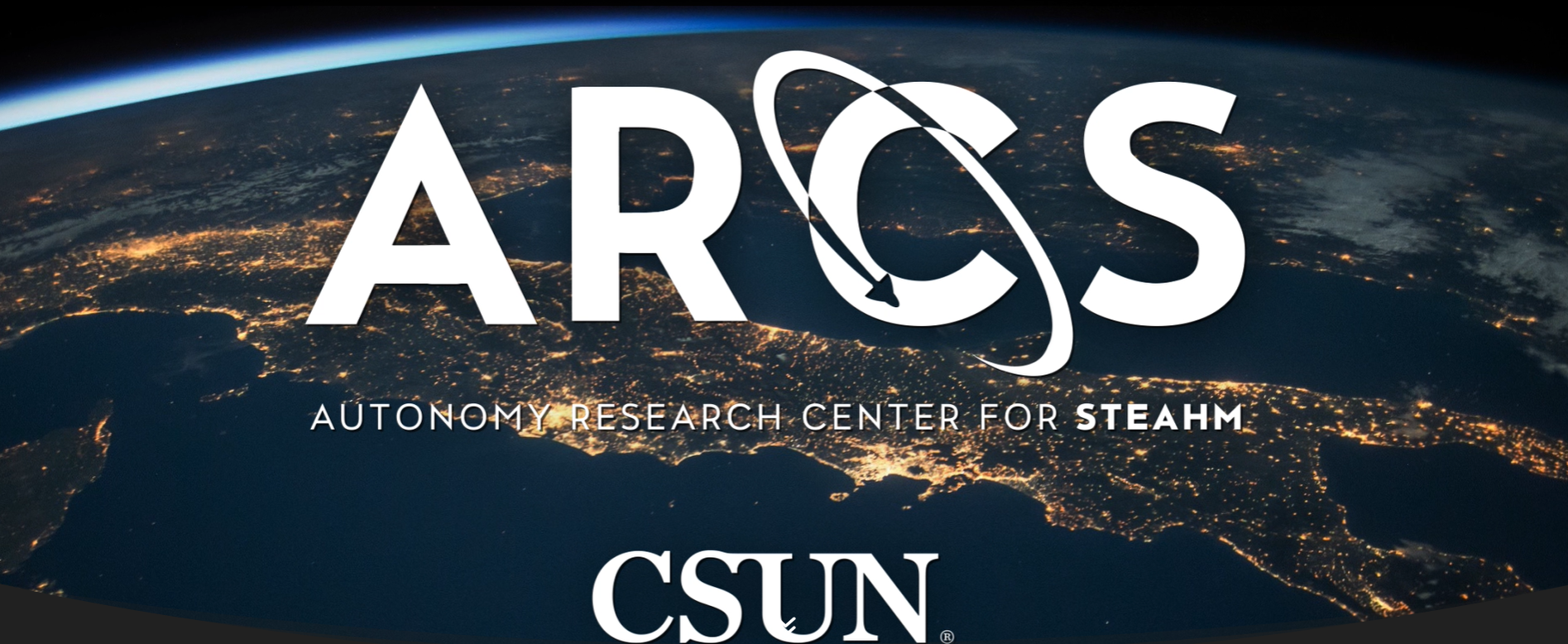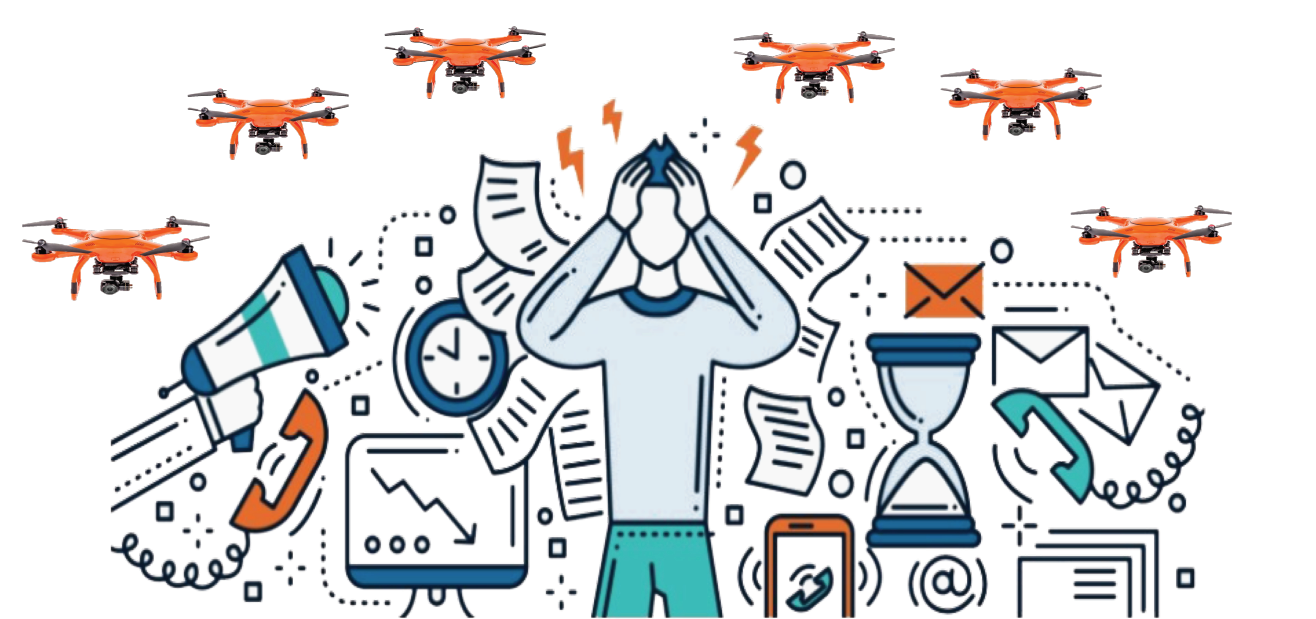NASA Collaboration
At the Autonomy Research Center for STEAHM (ARCS), autonomy is described in the context of Increasingly Autonomous (IA) systems, which refers to the full spectrum of technology with autonomous features, from basic systems (like cruise control) to complex systems that have the ability to adapt and learn (like Artificial Intelligence, or AI).
As a NASA-funded initiative, ARCS is powered by a transdisciplinary team of faculty co-investigators and student research leaders who lead each project and collaborate across disciplines. They come from 6 colleges across the CSU Northridge campus, and they bring the diverse perspectives needed to tackle complex problems that IA systems seek to solve for our society.
Extending The Nasa-Task Load Index (TLX) For Human Autonomy Teaming
|
We are interested in creating an extension of
the NASA-TLX that allows for clearer interpretation of scores using cut off points that indicate workload is too high. Extending the NASA-TLX to include this element will make the NASA-TLX a more effective tool in making decisions regarding human autonomy teams. |
Organizing Teamwork: Understanding Operator And Multiple-Robot Team Performance
|
The purpose of this project is to analyze the ratio of human operators per agent, propose models for organizing teams, and include a hierarchy system to optimize human supervisory control. The goal of this project is to organize teams of human operators to supervise more agents without experiencing fatigue.
|
For more information, please click here to visit the ARCS website.




